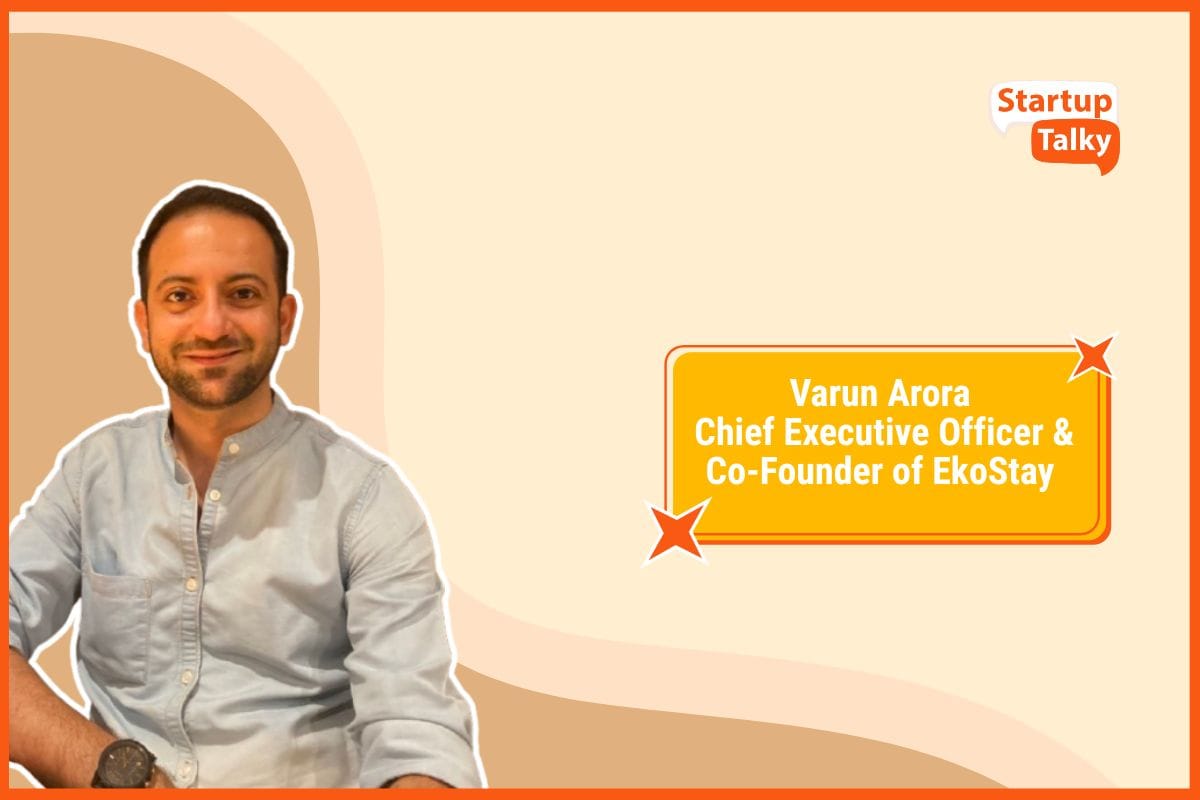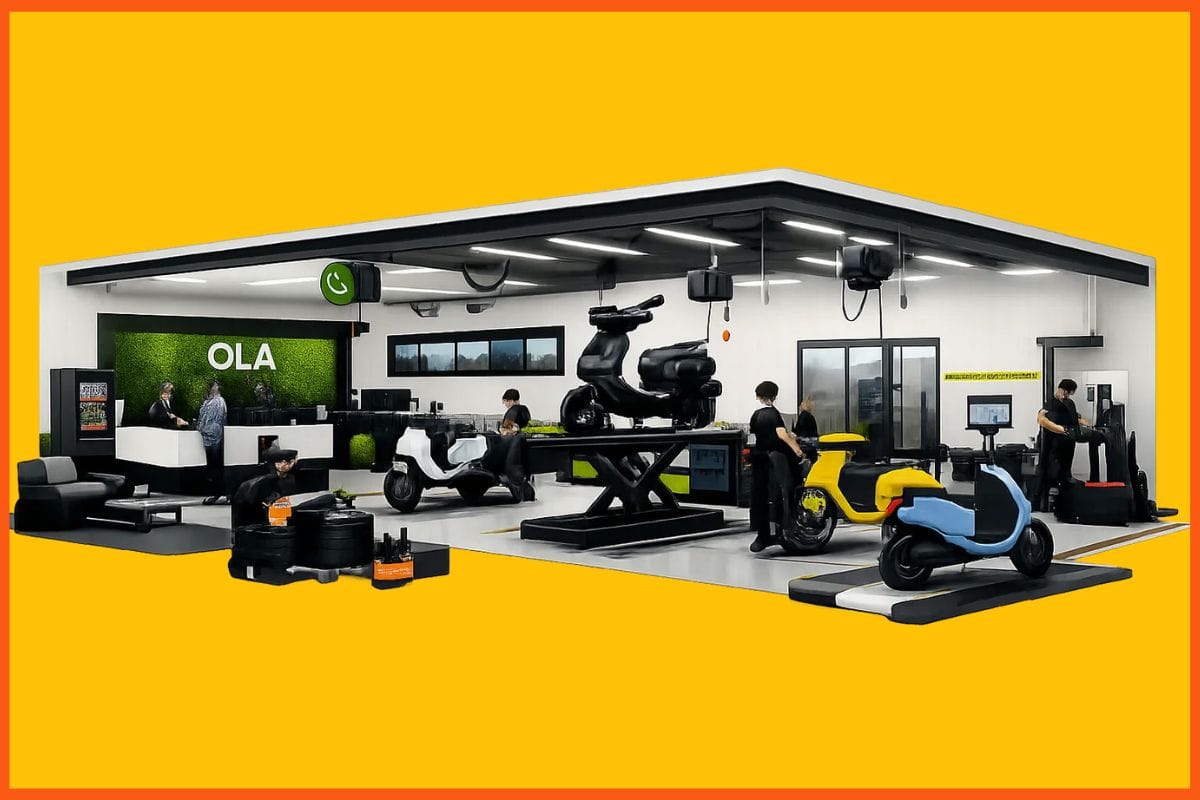Seaweed Farming : Is Alga-culture the new Agriculture ?
🔍Insights
Think about your school textbooks, do you remember some section that said “There are three main types of activities that humans do” ? The three main activities are primary, secondary and tertiary activities. Primary is agriculture and raw work, Secondary is manufacturing using raw stuff, Territory is service providence.
We all have been taught through our schooling that Humankind’s primary work is and always was “Agriculture”. We see little variations here and there, like technology being used as a helping hand, but agriculture is a field that has been constant for a long time now. Today here we are gonna talk about a type of farming that has been practiced from as early as the 1650s. It is known as Seaweed farming.
What is Seaweed Farming?
Is Seaweed Farming good enough for the Future?
The Seaweed Squad - India
FAQ
What is Seaweed Farming?
Seaweeds are millions of species of algae found in the sea. It is macroscopic marine algae. Algae is an informal term for a diverse group of photosynthetic eukaryotes(organisms). Seaweed is consumed across the world, it can also be used to produce edible packaging.

Seaweed farming is a part process of Algaculture, that is agriculture of algae. Seaweed is macro-algae, that means they can be seen with naked eyes. Thus we can actually create farms in an ocean, sounds fictional right ?
If you think seaweed is used just in Asian dishes like sushi, think again. It can be found in almond milk, baby food and lotion. Kelp is used in making, animal feed, medicine, fertilizer and even in your beer.

Is Seaweed Farming good enough for the Future?
The commercial seaweed market size could surpass $85 billion by 2026, according to Global Market Insights. Seaweed farmer Bren Smith says all one needs to start the business is $20,000, 20 acres and a boat, and that investment in a single seaweed farm can net up to $90,000 to $120,000 per year.
Here’s why the global demand for seaweed is expected to boom in the coming years.
Sustainable

Seaweed farming needs no fresh water, no fertilizer and no feed. All these traits make this farming one of the most sustainable farming methods out there. This method of food creation not only requires less inputs but also absorbs carbon and nitrogen from the environment and rebuilds reef systems underwater.
Kelp is not only good with maintaining sea life it is also useful and sustainable in other ways too. Research shows that around 50 to 80% of the total environment oxygen supply comes from seaweed, that is nothing but plants in seas. It is a good biofuel also as it is photosynthetic.
Cows produce a lot of methane. That is a greenhouse gas. It was found by a university that adding a small amount of kelp to the diet of cows can help minimise the Green house gases.
Abundance
There are almost ten thousand types of kelps (seaweeds) in water. This makes it abundant in variety and accessibility. It can also be seen as an alternative for Overfishing. Which is a decline of fish in water bodies because of excessive fishing by humans.
Kelp will help in better balancing the life ecosystem in the seas and outside. That is the reason some people even like to call it “Restorative ocean farming” as it helps rejuvenate sea life.
Usability Factor
As mentioned earlier, seaweed is super useful in many forms and ways, like you can actually list them. It is used in almond milk, baby food, lotion, animal feed, medicine, fertilizer and even in your beer. Kelp is used as additives, dental moulds, wound dressing, dispersing and thickening agents in soups and other personal care products.
McDonalds even went one step forward and made a seaweed styled burger. Packaging the burger as a lighter burger. That is super light in calories, containing about 91% less calories. The burger stayed on the menu for 5 long years.

However we discussed some pros or advantages for seaweed farming, it would not be justified if we don't point out the few negatives or cons of alga-culture.
Overhead Costs
The overhead costs of setting up a seaweed farm is quite much and can be hard for someone to adapt to it quickly. As we see a rise in the number of people getting intrigued by this way of farming and the increase in the number of sea farmers, we hope that this cost will be lowered in the upcoming time.
The Seaweed Squad - India
There lives a group of women in southern India’s Rameshwaram involved in seaweed culture forming probably the first Women seaweed squad. Under the coastal disaster coastal risk reduction project the government was trained to cultivate seaweed. The project was funded by World bank and focused on increasing sustainability and opening floodgates of opportunities for womenfolk in the region.
Widows and single women are prioritized to form self help groups for initiation. This is surely a welcoming indicator. It made them independent and confident. This instance shows that India can be seen as a popular landmark for seaweed farming. Watch video below to know more,
Conclusion
The World is excited about this method and it is expected to be a boom in future. Seaweed doesn’t need fresh water, doesn’t need soil, doesn’t need farming or even fertilizer. It absorbs carbon dioxide while releasing oxygen. It is nutrient-dense and fast-growing, Moreover supports communities built around coasts.
Whether seaweed will be the future of farming or not, it is yet to be seen. The method may be old and sustainable but it is yet to be accepted and welcomed throughout the world. It is already one of the fastest growing sources of food.
It will have to face resistance from communities around the globe(as it is a new way to look at farming for many) and eventually pass with good grades. What we can say for sure at this point of time is that it definitely has scope, good potential and value addition. It entails all the qualities of a good resource.
FAQ
Is seaweed farming environmentally friendly?
Yes, Seaweed is the most sustainable form of agriculture on the planet.
Is seaweed easy to farm?
Seaweeds relatively simple to farm, they require no feed, they grow fast, they reduce eutrophication, they absorb carbon, they are simple to harvest, and the culture equipment is cheap and simple.
Is there growing seaweed profitable?
All one needs to start in the business is $20,000, 20 acres and a boat, and that investment in a single seaweed farm can net up to $90,000 to $120,000 per year.
Must have tools for startups - Recommended by StartupTalky
- Convert Visitors into Leads- SeizeLead
- Website Builder SquareSpace
- Manage your business Smoothly Google Business Suite






